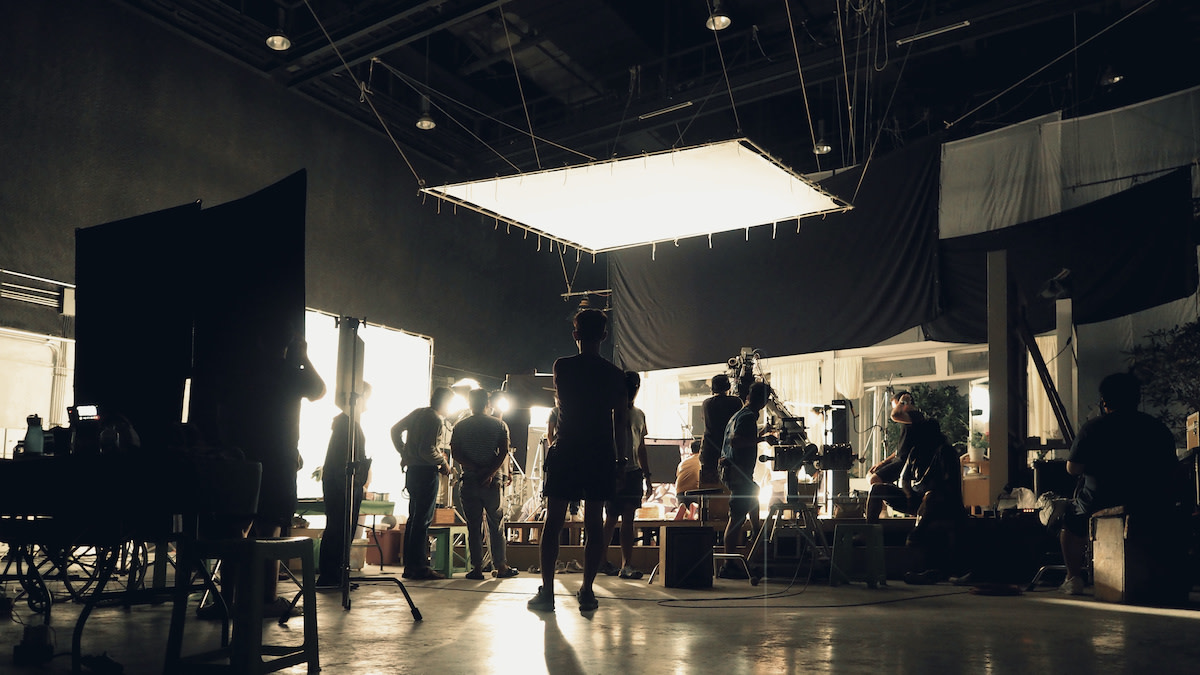Practical Effects in Film: 7 Iconic Examples of Practical Effects
Written by MasterClass
Last updated: Jun 7, 2021 • 4 min read
Before the age of green screens and CGI visual effects, filmmakers relied on live-action practical effects to make the impossible look possible. While digital effects are now common in contemporary cinema, practical effects are still a key element in a filmmaker's bag of tricks.
Learn From the Best
What Are Practical Effects?
In film and television, practical effects are real-world special effects created physically on set without the use of computer graphics. Pyrotechnics, prosthetic makeup, animatronics, and live-action weather elements are just a few examples of special effects, all of which are overseen by the special effects supervisor. Despite advancements in modern digital effects, computer-generated imagery (CGI) may not look as real as the best practical effects.
Practical Effects vs. Visual Effects: What's the Difference?
Whereas practical effects occur physically on a film set, visual effects (VFX) are added during post-production. VFX allows filmmakers to create on-screen environments, objects, creatures, and even people that would otherwise be impractical or impossible to film in the context of a live-action shot. VFX in film frequently involves the use of CGI integrated with live-action footage of practical effects.
7 Types of Practical Effects
Special effects teams are constantly finding new ways to create practical magic on camera, but some of the most common practical effect techniques include:
- 1. Creature design: These practical effects bring non-human creatures to life and include the use of prosthetic makeup, puppetry, and animatronics.
- 2. Environment manipulation: This type of practical effects often involves mechanical devices that alter the set itself. For example, during an earthquake scene, a filmmaker might use practical effects to make the ground shake, the walls of a house break apart, and a chandelier sway back and forth.
- 3. Miniatures: Filmmakers build miniature scale models that they shoot to appear regular-sized—including spaceships, cars, and cityscapes.
- 4. Pyrotechnics: This group of effects includes all practical effects involving fire, explosions, smoke, and fireworks. Bullet squibs are a popular form of pyrotechnic that simulates live-action gunshot wounds.
- 5. Stop motion: Stop motion involves manipulating real life objects in tiny increments and taking a photograph after each manipulation so that the objects appear to be moving on their own when the photos are viewed sequentially.
- 6. Vehicular stunts: Action sequences often involve practical car, plane, or boat crashes (typically combined with pyrotechnics). The stunt coordinator will either use a stunt person to drive the vehicle or rig the vehicle so it's remote-controlled.
- 7. Weather elements: These may involve using sprinkler systems to create rain, giant fans to simulate wind, fog machines to make fog, and snow machines to create falling snow.
5 Examples of Practical Effects in Film
Many classic films used practical effects to bring extraordinary situations to life.
- 1. Star Wars (1977): George Lucas' sci-fi classic used three different types of miniature models for the exterior of the Death Star. For full shots of the space station, model builders made a complete four-foot tall model of the entire Death Star. To film strafing attacks on the Death Star by X-wing fighters, the effects crew built a 30-foot panel of the Death Star's exterior surface that they actually destroyed with pyrotechnics. For Luke Skywalker's trench run in the film's climax, they built a real 60-foot-long trench in the studio's parking lot.
- 2. An American Werewolf in London (1981): The most memorable part of John Landis' horror comedy is the graphic werewolf transformation scene. Special effects artist Rick Baker won an Academy Award for his work that changed the face of horror makeup forever. With terrifying precision, Baker used prosthetics, fake limbs, and several other practical effect techniques to gruesomely turn the main character into a werewolf. Without any digital effects, the character’s body grows a carpet of hair, his entire skeleton drastically shifts and elongates to the sound of cracking bones, and his human face is replaced with wolf ears and a snout.
- 3. Dune (1984): In David Lynch's sci-fi adaptation of the Frank Herbert novel, Lynch's special effects crew created the sandworms using scale models, miniature sets, and blue screens. They created various sizes of sandworm puppets—the largest of which was 20 feet long—that puppeteers operated by pulling cables to make the sandworms move and open their mouths.
- 4. Jurassic Park (1993): The groundbreaking practical dinosaur effects in Steven Spielberg's blockbuster were the brainchild of master special effects artist Stan Winston and his effects crew. Winston’s crown jewel creation was the Tyrannosaurus rex model that was 20 feet tall and 40 feet long. Other memorable dinosaurs brought to life by Winston’s team include the sick triceratops, the chewing brachiosaurus head, the venom-spitting dilophosaurus, and the velociraptors.
- 5. Apollo 13 (1995): Instead of using CGI to make the Apollo 13 astronauts appear weightless in space, director Ron Howard decided to build the spacecraft set inside NASA's "vomit comet," a special aircraft capable of simulating zero-gravity by dipping and climbing at fast speeds. This allowed Howard to film his actors in a real-life zero-gravity environment for 25 seconds at a time.
Want to Learn More About Film?
Become a better filmmaker with the MasterClass Annual Membership. Gain access to exclusive video lessons taught by film masters, including Ron Howard, Spike Lee, David Lynch, Shonda Rhimes, Jodie Foster, Martin Scorsese, and more.
